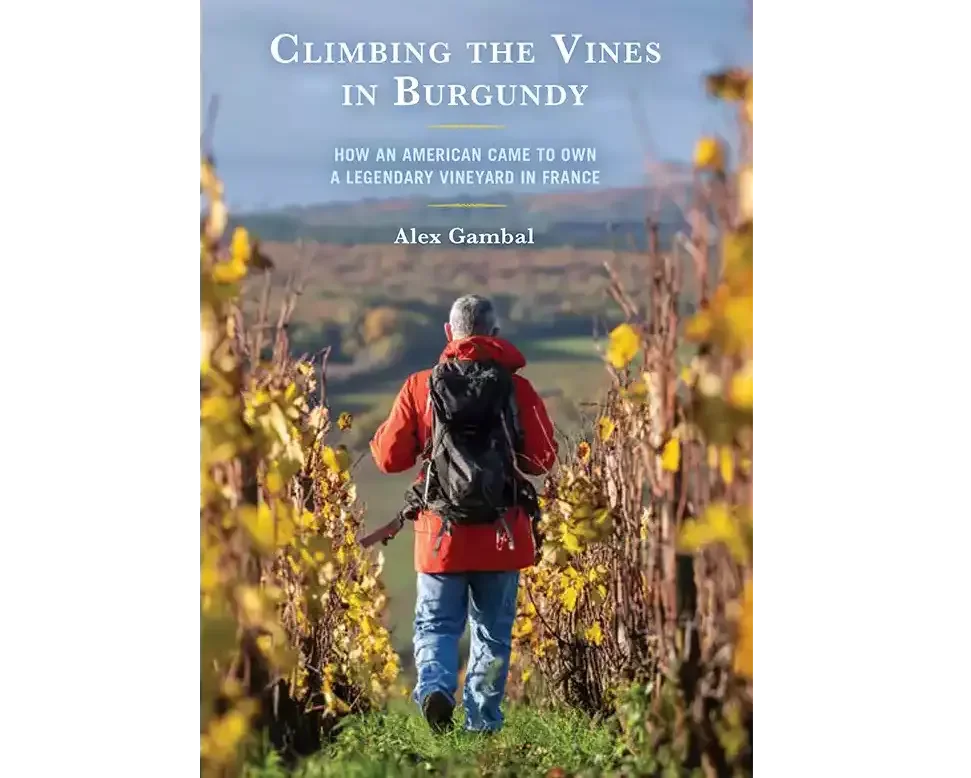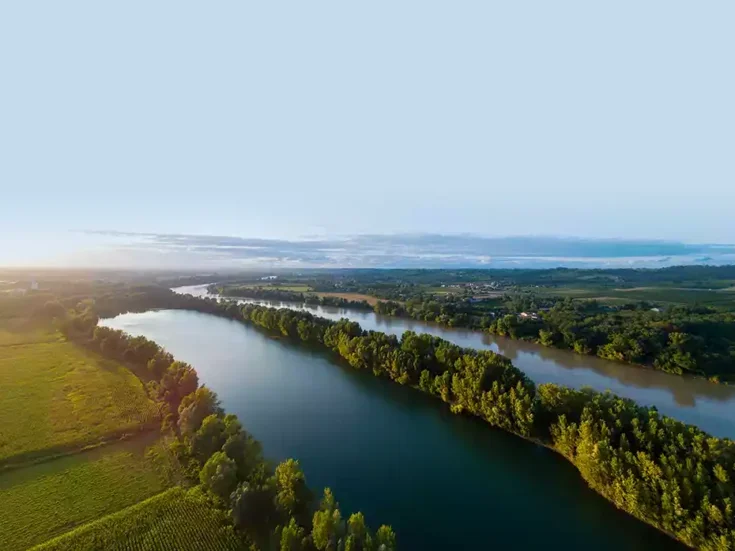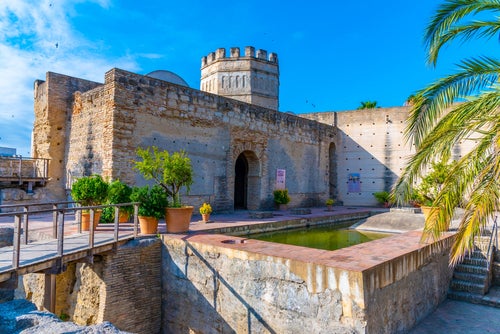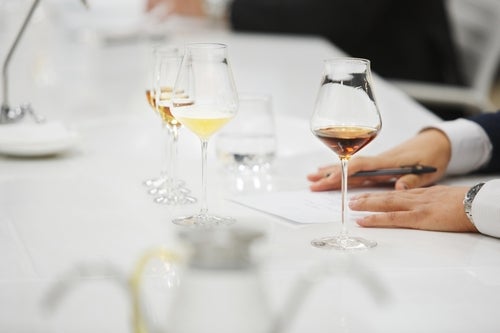
Raymond Blake reviews Climbing the Vines in Burgundy: How an American Came to Own a Legendary Vineyard in France by Alex Gambal.
Gambal looks like he’s suffering from a week’s jet lag. A sense of relief rather than outright happiness escapes the fog of weariness—victory has been snatched from the jaws of defeat. Harvest for him consisted of an epic, all-hands-to-the-pumps race against time as he battled to get as many grapes as possible into the winery before the rain. It has been a tough couple of days, but the effort has been worth it.”
I wrote those words about the 2010 harvest in Burgundy shortly after a visit to Alex Gambal’s winery, located on Beaune’s ring road, on Saturday, September 25 that year. By that time—having arrived as a complete greenhorn in the Côte d’Or in 1993, with the intention of making wine—he was a well-established name in the Burgundy firmament, with a reputation for crafting pure-fruited wines in an elegant flavor register.
Gambal’s salutary tale
Today, some 30 years later, the adventure is over. Maison Alex Gambal is now owned by Boisset, though it is still semi-autonomous, as with the numerous other names acquired by Boisset over the decades. Gambal has returned to his native United States, and much to this reviewer’s delight, he has committed his story to paper, for this is a salutary tale, a warts-and-all narrative that could easily serve as a textbook in wine schools around the globe, where it should be compulsory reading for anyone considering a career as a winemaker. And for those who harbor dreamy thoughts of buying a winery once their lottery numbers come good, this should be the first book they read. And the second. And perhaps the third, too. Rose-tinted spectacles, noted for their indestructibility when it comes to all things wine, need to be shattered to get a clear view of the road ahead. This book will do that, and it is hardly going too far to suggest that it should come with a warning emblazoned in bold on the cover: “Before joining the wine business, read this.”
Making good wine, season after season—despite what the weather gods may throw at you, avoiding the myriad pitfalls, from planting the vineyard, to bottling the end product—is a challenge, yet that is only half the battle, and it is the second half that the dewy-eyed neophyte is most likely to overlook: Your wine certainly will not sell itself. Gambal calls out the sales grind with cautionary frankness: “Sales, no matter what the product, can and often do bring out the worst in people. I used to sell parking services, not the most glamorous of products but I developed a thick skin. With wine, the sheer rudeness of buyers of all stripes and the way they treat their sales reps—and reps with their suppliers, who have often come from the other side of the world—is mind boggling. Cancelled appointments, no response to calls for an appointment, waiting for as long as an hour when you know the buyer is only trying to bust your chops or is too busy doing inventory (they always seem to be doing inventory). The list and excuses are endless.”
Open this book at almost any page, and your attention will be caught by similarly down-to-earth passages like this. In that respect, the subject matter of chapters 22 and 23—charting the extraordinary complication and labyrinthine legalities of buying prized vineyard land in Burgundy’s Côte d’Or—can simultaneously fascinate and weary the attentive reader. It is beyond the scope of this review to quote them at length, but they distill the salutary essence of this book.
A lighter side
A lighter but no less engrossing note is struck in Chapter 26, A Black Morning in April. It relates how, in 2016, a devastating spring frost struck the vineyards, exacerbated by the rising sun burning the vine buds, thanks to its rays being magnified by the globules of ice on them. Anywhere with cloud cover was spared the catastrophic losses in the sun-struck vineyards, so when frost threatened again in 2017, the local grower associations devised a novel, if crude, method of creating an artificial cloud: “They bought large, Ho Ho–like hay bales and placed them strategically in the vineyards about fifty meters [55 yards] apart with everyone volunteering to burn four to six bales if the temperature dropped below freezing. The goal, creating a man-made cloud of smoke throughout the Côte d’Or, was achieved on Saturday April 29 when, at 5:00 am, we received text messages to man our positions, drove to the vines under cloudless clear skies and temperatures ranging from -2 to 3 Celsius [28.4–37.4°F]… I was coughing for two weeks afterward.”
Notwithstanding the compelling tale told in these pages, too many of them play host to typos or other glitches that, in the overall scheme of things, are only minor irritations, but this narrative deserves better, deserves not to be hobbled thus. In truth, Climbing the Vines craves some tough love from an editor with a sharp whip hand who could also have reined in the more prolix passages. I found myself wondering, as I did when reviewing Henry Goulding’s Thoughts on a Wine Cellar (WFW 78, pp.56–57), if the good people at Académie du Vin (now the world’s largest wine-book publisher after their acquisition of the Classic Wine Library late last year) might take it in hand to iron out the creases. It’s a task that could also stretch to better reproduction of the photographs and the addition of an index.
Yes, Climbing the Vines is a bit long-winded at times (such as the rambling parable to illustrate the need for punctuality among cellar hands on pp.130–31), but there is a sense, as you turn the pages, that Gambal is getting things out of his system, closing the door on a long chapter in his life that reached an end few could have foreseen or indeed wished on him. There were long years of many challenges, sustained only by the hope of future rewards, but overshadowing all that was the illness and subsequent death of his wife Diana, and the eventual sale of the business he had sweated to build up. Gambal walked the walk, so he is now supremely well qualified to talk the talk. His refreshing candor generates a compelling narrative, free of PR blandishments and soft-focus prose. Those imposters are for other wordsmiths. To repeat: “Before joining the wine business, read this.”
Climbing the Vines in Burgundy: How an American Came to Own a Legendary Vineyard in France
by Alex Gambal
Published by Hamilton Books (imprint of the Rowman & Littlefield Publishing Group)253 pages; €27.49






